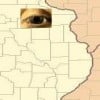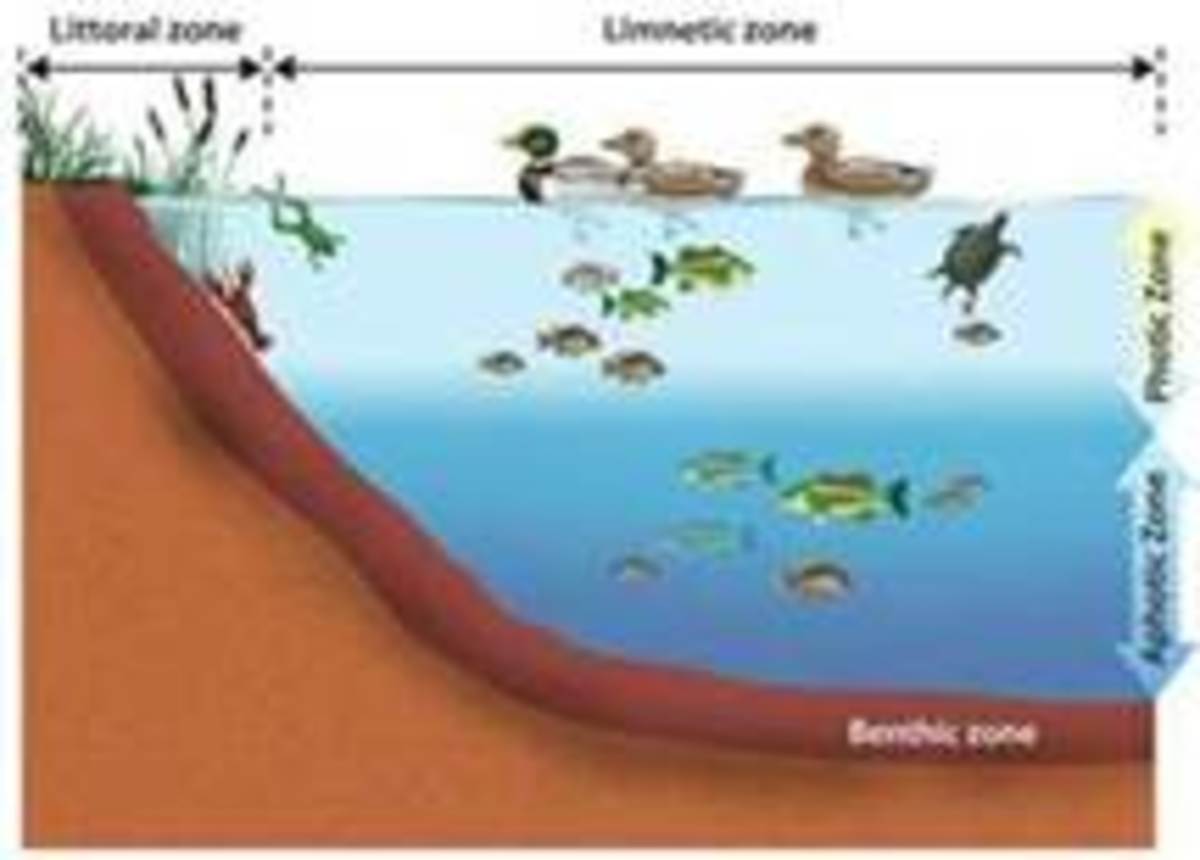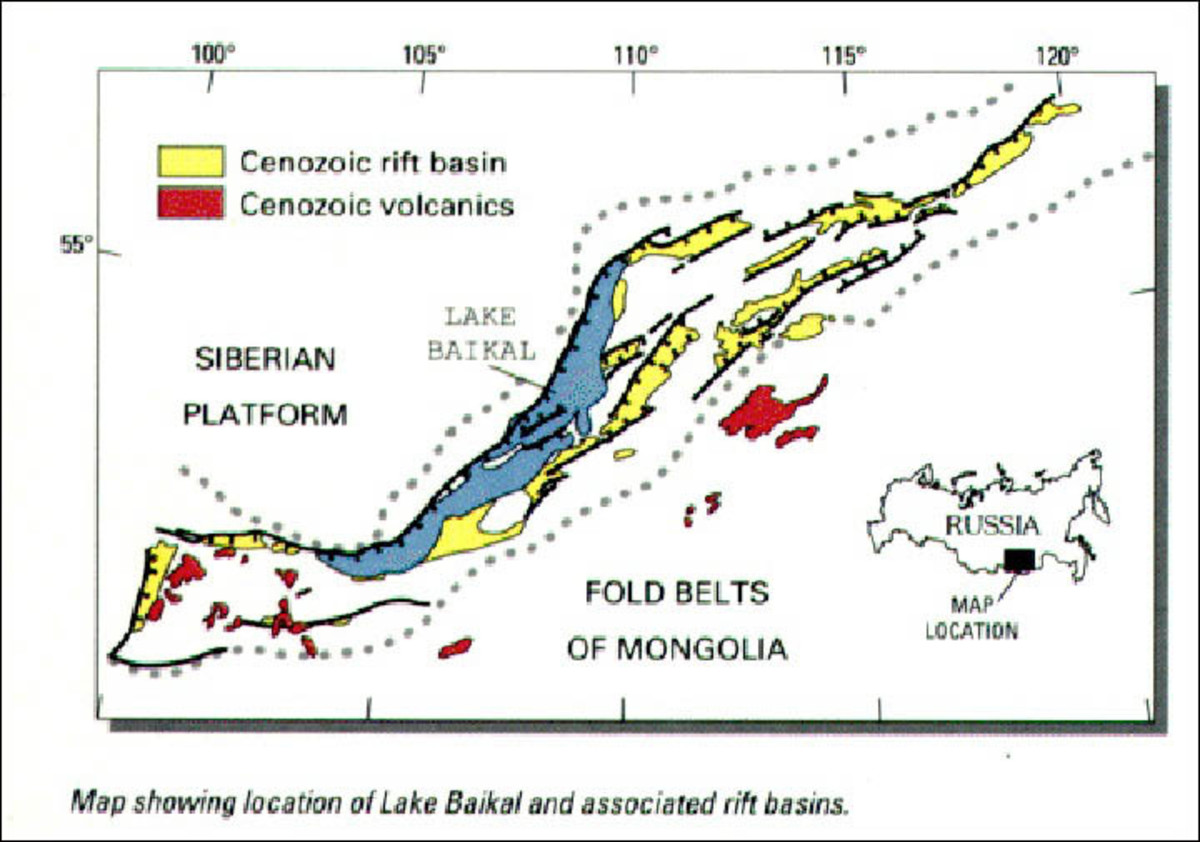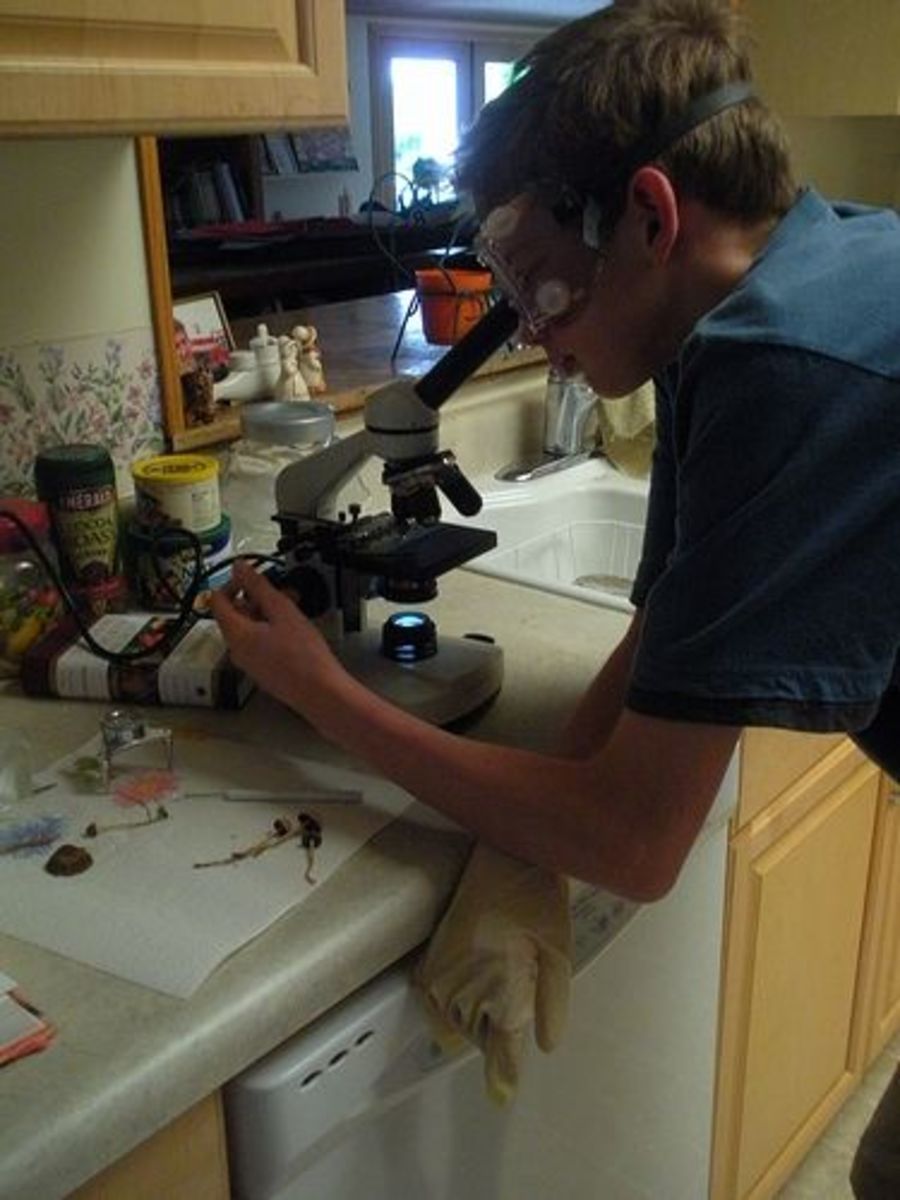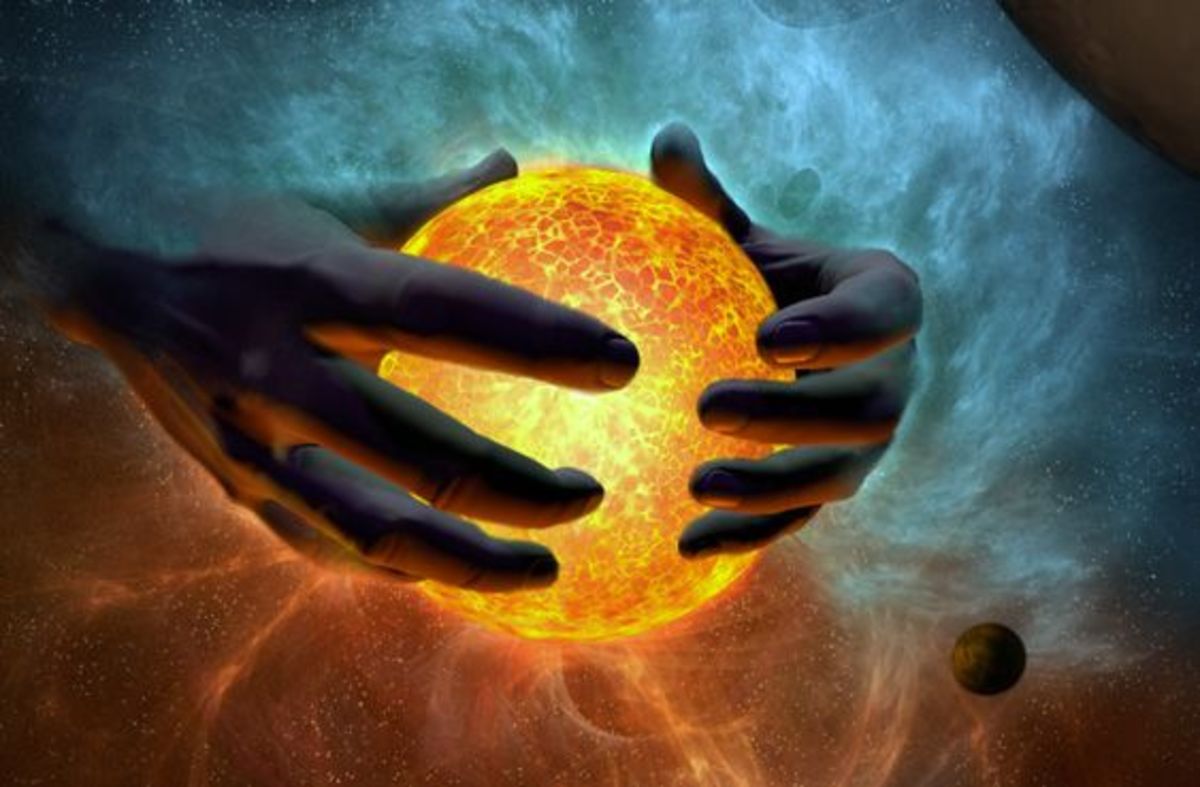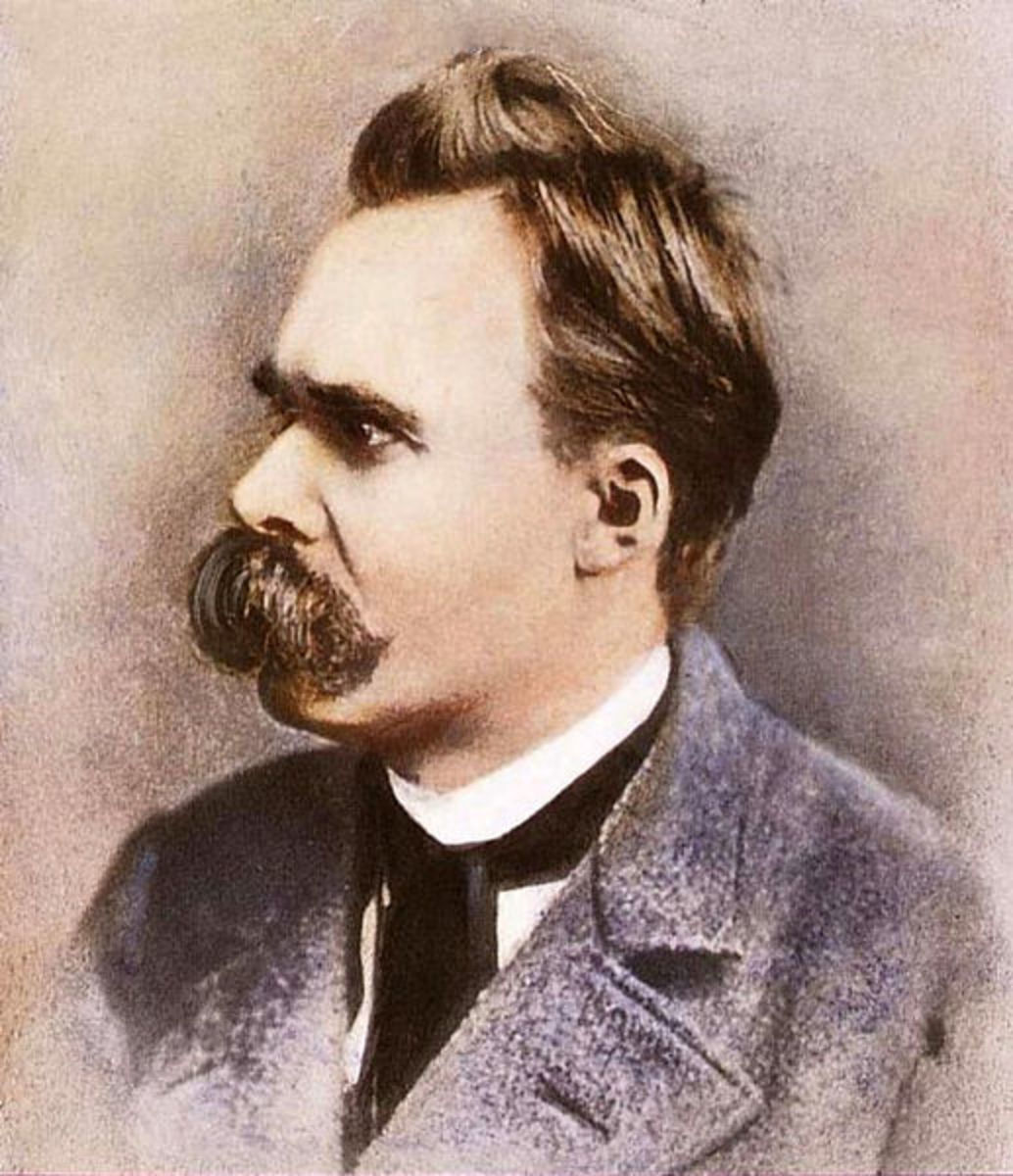Ideas -- Diversity

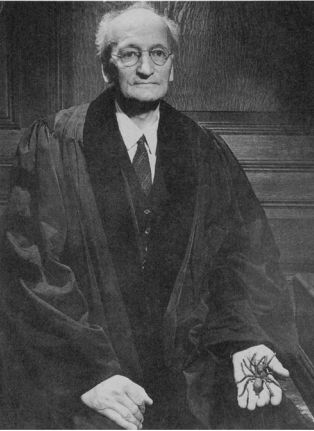
Biodiversity
Biodiversity -- short for "biological diversity" -- is one type of diversity, and a particularly important one. Biodiversity refers to the immense number of species and ecosystems that make up life on our planet. The famous scientist, Alexander Petrunkevitch, the man holding the spider described over 130 arachnid species -- and while that represents a lifetime of effort, it is but a tiny portion of nature's diversity.
As to importance, let one of the great physicists, Freeman Dyson, speak:
"It has become part of the accepted wisdom to say that the twentieth century was the century of physics and the twenty-first century will be the century of biology. Two facts about the coming century are agreed on by almost everyone. Biology is now bigger than physics, as measured by the size of budgets, by the size of the workforce, or by the output of major discoveries; and biology is likely to remain the biggest part of science through the twenty-first century. Biology is also more important than physics, as measured by its economic consequences, by its ethical implications, or by its effects on human welfare."
-------- This is from an article he published in 2007 entitled "Our Biotech Future."
It is the diversity of biological organisms that is responsible for much of what Dyson sees "measured by its economic consequences" or "by its effects on human welfare." Indeed, the main point of his article is that as biotech. like computer tech before it, proceeds from large centralized systems to DIY tools in the hands of individuals, diversity will increase and the power of biology in our lives will grow.
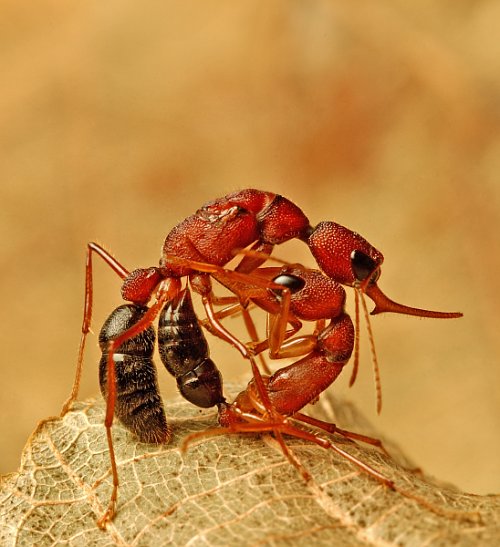
Professor Wilson
Another profound thinker, Edward O. Wilson, emeritus Professor of Biology at Harvard, notes that his study of nature has led him to becoming a conservationist of biodiversity (and he was one of the first to use the term), and that his goals for conservation stretch beyond animals to the vast kingdom of plants, to entire ecosystems of different types, even to microorganisms. Petrunkevitch (pictured above) was the world's expert on spiders, Wilson is the world's expert on ants. From small things great ideas are born if you look deeply enough into them.
Wilson has said that the wealth of each nation can be divided into three types: material, cultural, and biological. The first consists of things like oil or gold, the second consists of know-how, of how to exploit the wealth in the other two categories. The third -- biological wealth -- is, according to Wilson, the most important, but the least valued!
Let us repeat that: "the least valued"!
He calls this "a strategic mistake."
He gives details on why biological wealth is the most valuable, but one of the main factors behind this assessment is simply that we can make more wealth if something valuable in our biological wealth is discovered. Thus if a plant is discovered to be useful to us, we can cultivate it and grow it over a very large area, producing an immense benefit to mankind. Obviously, the great food products which feed almost everyone on earth are examples of how this has been done in the past. We cannot do the same with material wealth, except in rare circumstances and then at a cost so high that the net result approaches zero.
The growing of agricultural wealth is an important example, but there are other ways to make use of the biological diversity we possess and must conserve. Before discussing some of these, however, it is worth emphasizing that the development of the agricultural wealth we now have depends not just on the individual species that that wealth consists of, but on related species as well -- indeed on a complex of related organisms. Rice is a good example.
Not long after the Green Revolution occurred, a revolution which depended on interbreeding various plants in ways which greatly increased productivity, a disease threatened the world's entire rice crop. The revolution had displaced many lower-yield strains of rice with a strain which was much more productive, but which so rapidly displaced other strains in the fields of farmers that the entire world had become a highly specialized monoculture. It was this monoculture that the disease threatened. Killing the disease organism proved to be impossible. Scientists then began searching for strains of rice which were resistant to it, eventually finding an obscure one in India which could resist. Genes from that strain were used to modify the strain in the monoculture and a new disease-resistant, high-yield strain was developed and propagated. Had that obscure strain in India become extinct, there might have been a worldwide food catastrophe. The goal of conservation is to preserve opportunities such as the one that averted the catastrophe.
New medicines
Nature's diversity is a pharmacopoeia, utilized in the fight against human diseases for thousands of years.
And with increasing sophistication. Plants, and many types of animals, too, are routinely screened these days for genes which have a particular disease-fighting capability or which can create such a capability in another organism.
Before modern gene-based screening we have the story of how one part of nature was used to control another part of nature, the story of penicillin. It had been known since 1928 that moulds excrete a substance with can constrain a common type of bacteria in a petri dish. Fleming, who discovered this, dubbed the substance penicillin. An Australian scientist, at Oxford, Howard Florey. leading a team of researchers --Chain, Gardner, Heatley, Jennings, Orr-Ewing, Sanders -- in 1939 demonstrated that penicillin could be used to eliminate bacterial infections. The Second World War vastly increased the importance of such work. In 1940 the team used penicillin successfully with mice, and the next year they successfully treated a human being -- though tragedy struck when they ran out of their small supply and the patient died. Mass production was critical, and the team eventually, with the assistance of the methods employed by and the capability of US pharmaceutical companies, eventually was able to achieve this.
Many important anticancer drugs have been searched for and found in nature, a good example being vincristine which was developed from alkaloids found in a species of African periwinkle. Another is taxol, which comes from the yew tree. Both of these drugs are now synthetically produced, but such synthesis is only possible because the underlying structure of the natural organism is known.
New industrial products
Although biodiversity is not generally thought of, at least on first impression, as a source of new industrial products, that impression is very much mistaken.
Perhaps the most obvious and famous example is that of ethanol, a fuel derived from an agricultural product. Other good examples are microbially produced enzymes used in dealing with wastes produced in the manufacturing process. Similarly, cleaning products for both industry and the home are frequently derived from nature.
Chemical engineering benefits from natural products used to create valuable chemical reactions, including those used in the creation and coloring of textile products. Products from nature play an important role in mining, an example being microbes that leach metals from low-grade ores, even from tailings which otherwise would have no value. Rubber products have great value in a wide variety of uses, one of the most notable of which is in the tires your jumbo jet lands on (artificial rubber will not serve).
Future
One recent study emphasized the diversity of nature and concluded:
There are between 5 million and 30 million species on Earth, each one containing many thousands of genes. However, fewer than 2 million species have been described, and knowledge of the global distribution of species is limited. History reveals that less than 1% of species have provided the basic resources for the development of all civilizations thus far, so it is reasonable to expect that the application of new technologies to the exploration of the currently unidentified and overwhelming majority of species will yield many more benefits for humanity.
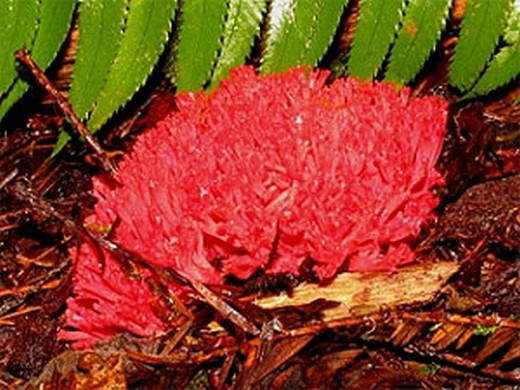
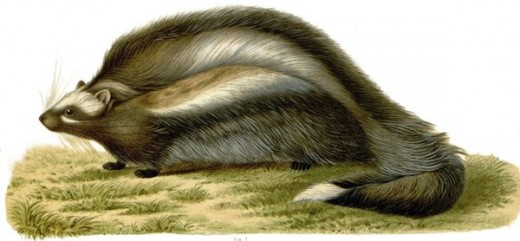
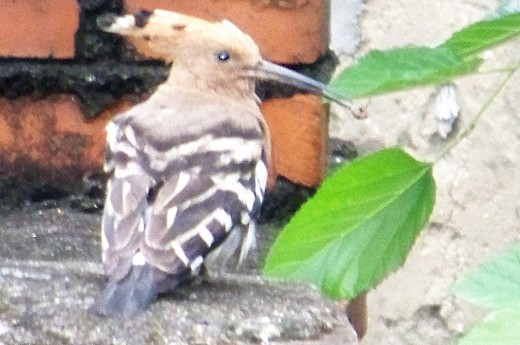
Part of a series
Series within series, actually. Food & Cooking, for example, then -- within that -- series on vegetables, fruits, seafood, meat, etc. Books, too. Ideas, too. Travel, too. Click on "featured hubs" at the top of the right-hand column, under my profile, for the complete list. Key virtues:. pictures, clear step-by-step text. Delicious -- whether foods or ideas! The series is collected here, under one roof: organized by floor: Lee White's Department Store. Happy shopping! -- everything is for free!
